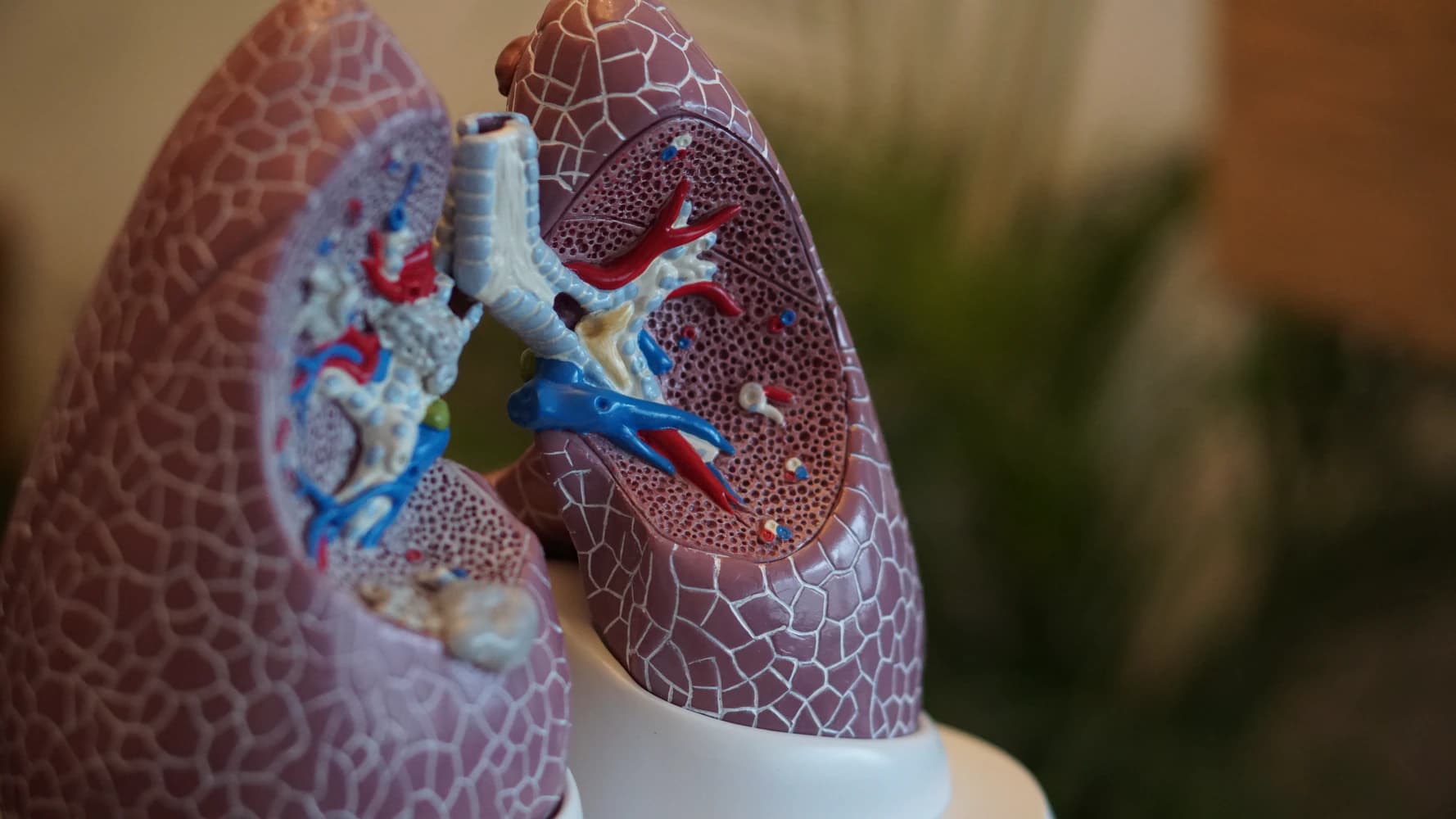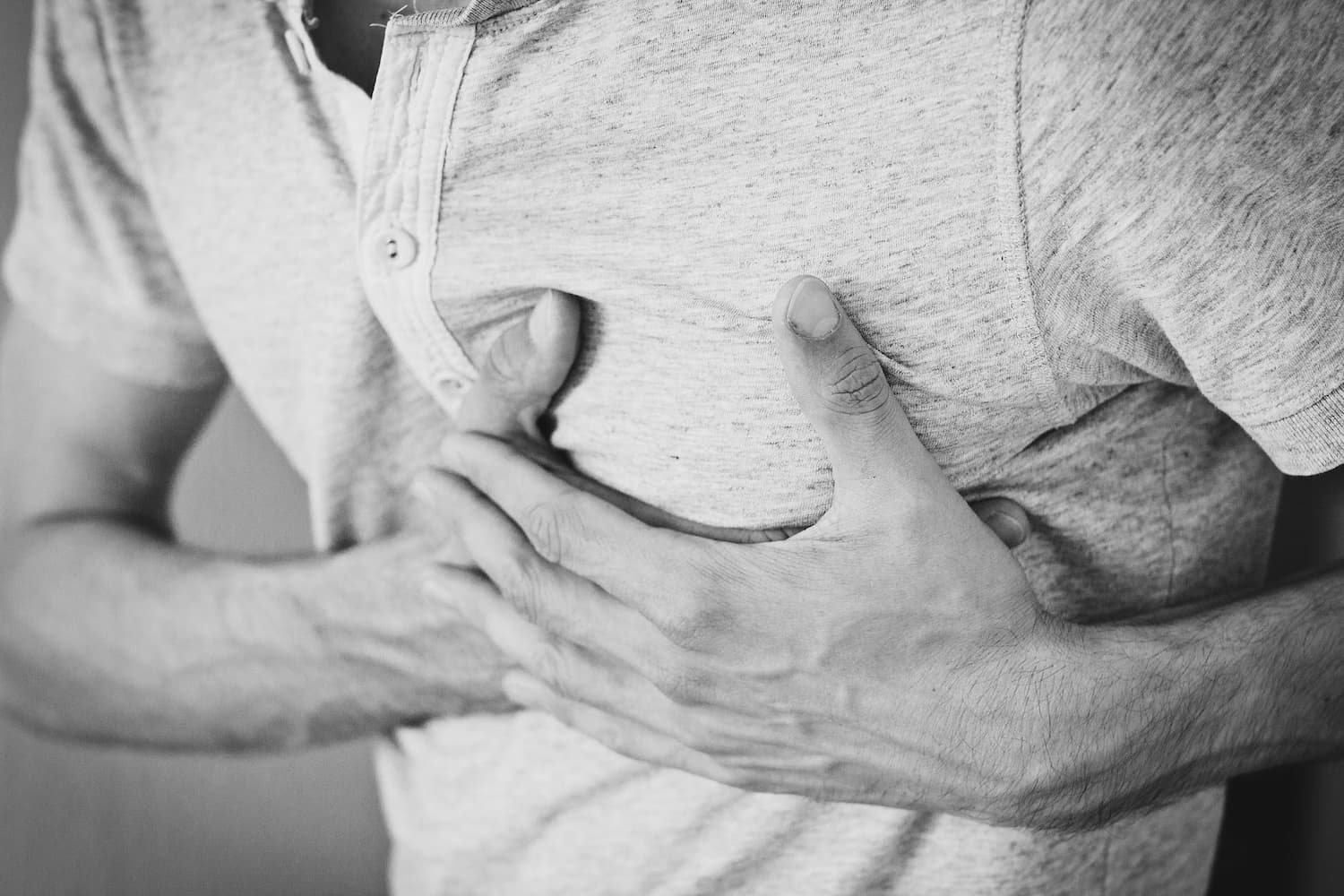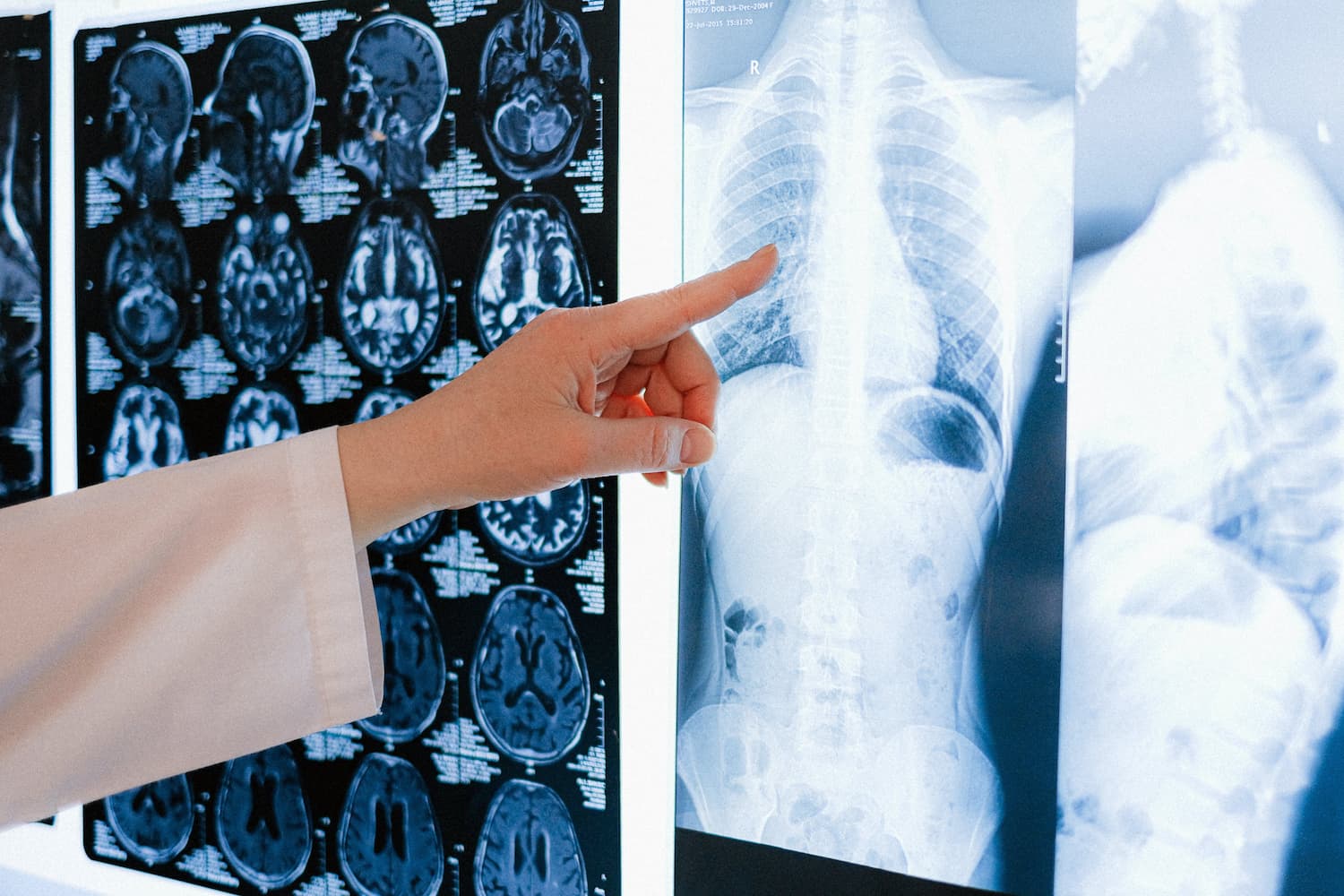
Chronic obstructive pulmonary disease (COPD) is a collective name for a group of progressive lung diseases, which include emphysema, chronic bronchitis and refractory asthma, which cause coughing, mucous, wheezing, chest pain and breathing difficulty. Exposure to particulate matter like dust, chemical fumes and tobacco smoke is the main cause of COPD.
COPD is not an incurable disease, but if not addressed immediately, it increases the patient's risk of developing a host of complications such as heart disease, lung infections, high blood pressure, liver disease, pulmonary hypertension and lung cancer among others.
What Are the Different Types of COPD?
A person with COPD has more than one lung condition. Oftentimes, emphysema and chronic bronchitis occur simultaneously at different levels of severity. Here below are the most common forms of COPD:
Emphysema
One of the two main types of COPD, emphysema is caused by a damage in the lining of the alveoli. Instead of allowing oxygen to pass to and from the blood, the alveoli of a person with emphysema traps air in its damaged tissue and makes breathing extremely difficult. Smokers are at higher risk of developing this disease than those who don't smoke. However, studies show that emphysema may also arise from the genetic condition Alpha-1 antitrypsin (AAT) deficiency. AAT is a type of protein that is responsible for keeping the white blood cells from attacking healthy tissue.
Chronic Bronchitis
Airway inflammation and narrowing cause chronic bronchitis, which is characterised by excessive mucous production and chronic cough. When the airways are functioning normally, they have hair-like structures called cilia that move mucous out of the lungs. Chronic bronchitis makes the cilia disappear, so eliminating mucous becomes harder and chronic cough ensues.
Refractory Asthma
Asthma is a chronic lung disease that develops when the lining of the airways are inflamed, thus increasing mucous production and causing ongoing cough and airflow limitation. Refractory asthma is a term used to describe the kind of asthma that does not respond to typical asthma medications.
How Does COPD Affect Your Lungs?

The alveoli are tiny air sacs in the lungs where oxygen passes through to enter the bloodstream. Carbon dioxide is also released through these sacs. COPD damages the blood vessels in the alveoli, hence narrowing them and the bronchial tubes. Once the air sacs and airways have lost their ability to move air in and out of the body, the air gets trapped in the lungs during exhalation.
Chronic airflow limitation can eventually lead to emphysema, which damages the inner walls of the alveoli and decreases the surface area of the capillaries where gas exchange takes place during the respiration process.
What Are the Symptoms of COPD?
The symptoms of a chronic obstructive pulmonary disease don't usually manifest until its later stages. Most people would mistake shortness of breath for exhaustion. However, there have been many instances when it led to a string of symptoms that later turned out to be COPD. See your doctor immediately if you exhibit signs of lung damage such as the following:

- Chronic cough that produces mucous or phlegm
- Wheezing
- Breathing problems
- Chest tightness
- Frequent bacterial infections in the respiratory tract
- Blue fingernails
- Fatigue
- Swelling in ankles, feet or legs
- Unexplained weight loss
What Causes COPD?
People who are constantly exposed to air pollution, such as dust, cigarette smoke and burning fuel, are at a great risk of acquiring COPD. You don't need to leave your house to experience the dangers of air pollution and develop the disease; lack of ventilation in your home can lead to it as well. Long-term cigarette smoking, as well as inhalation of secondhand smoke, is found to be the most significant risk factor for COPD.
People with asthma are more likely to develop COPD, even more so if they have a history of smoking tobacco. Although there has not been much evidence to link genetics to COPD, scientific studies conducted on alpha-1-antitrypsin deficiency have shown that this condition eventually leads to the lung disorder. Having family members who have had COPD is also considered a major risk factor.
How is COPD Diagnosed?
In the diagnosis of chronic obstructive pulmonary disease, the doctor will evaluate the symptoms and medical history of the patient, check their family history, and then perform several tests such as the following:
Lung function tests
Spirometry is the most common lung test. During this procedure, the patient is asked to blow into a tube attached to a machine that measures the amount of air the patient's lungs can hold and how fast they can blow it out. TLco, on the other hand, is a gas transfer test that measures how much oxygen the lungs can take in.
Chest X-ray

This test produces images of the lungs to determine whether or not chronic cough, phlegm and shortness of breath are present. It can also rule out heart failure or other lung problems.
CT Scan
A computerized tomography (CT) scan uses a series of X-ray images taken from different angles to create a detailed image of the lungs. This type of test will help a doctor decide whether or not you need surgery. Through this test, you will also know if you have lung cancer.
Laboratory Tests
If a patient has a family history of COPD, the doctor may order a lab test to find out if their symptoms are caused by genetic factors such as alpha-1-antitrypsin deficiency.
Arterial Blood Gas (ABG) Test
This test measures the capacity of the patient's lungs in moving oxygen into the blood and removing carbon dioxide from it.
What Are Common Treatments for COPD?
There are several treatment options to manage the symptoms of COPD and prevent further complications, but smoking cessation is the only way to keep it from getting worse. Those who don't smoke, must avoid cigar smoke at all costs. A doctor can prescribe certain medications for those in the advanced stages of the disease to prevent airway obstruction, inflammation and bacterial infections. Getting a pneumococcal vaccine is also advised to people with COPD and other respiratory infections to protect them from acquiring pneumonia. Here's a rundown of conventional COPD treatments:
- Bronchodilators are inhaled medicines that ease airway obstruction.
- Corticosteroids reduces inflammation of the airways
- Combination inhalers combine bronchodilators and steroids to improve poor airflow
- Antibiotics prevent the worsening of COPD due to pneumonia or other respiratory symptoms
- Oxygen therapy reduces shortness of breath by increasing the oxygen levels in the lungs
For severe cases, a type of surgery may be recommended such as:
- Bullectomy removes the air-filled space that forms in the lung tissue when the airways collapse.
- Lung volume reduction surgery is the process of taking out diseased lung tissue to allow the healthy tissue to function properly
- Lung transplant is performed to replace a damaged lung with a healthy one and prevent the possible development of chronic conditions.
When Should You See a Doctor?
Some COPD cases are manageable, but if your symptoms are beyond your control, you must consult your primary health care provider immediately. Even if you are taking COPD medications, it's important to schedule a regular check-up routine with your doctor because none of those medicines can permanently stop the disease. In fact, prolonged use of said drugs can lead to many side effects such as the following:
- Nausea
- Headaches
- Weight gain
- Diarrhoea
- Diabetes
- Osteoporosis
- Blurry vision
- Antibiotic resistance
- Mouth infections
- Bruising
In addition to shortness of breath, people with severe symptoms of COPD exhibit blue lips and fingernails, which indicate an extremely low blood oxygen level that requires an emergency treatment.
How Can You Prevent COPD?
There may be no cure for COPD, but there are several ways to prevent it and maintain a good quality of life. Since long-term cigarette smoking is the leading cause of the disease, it would be best to quit the habit or talk to a health professional to learn healthy alternatives to tobacco smoking. If you don't smoke, try as much to avoid inhaling secondhand smoke.
Aside from cigarette smoke, you must also stay away from other invisible triggers of COPD such as dust and fumes from toxic substances. Make it a habit to wear a face mask whenever you need to go out. However, it's important to note that indoor air pollution is not less hazardous than outdoor air pollution. Exposure to air pollution of any kind can contribute to COPD. If you suffer from congestive heart failure, asthma or another respiratory condition, undergoing a regular physical exam and simple breathing test will help you determine your chances of acquiring COPD.
Our lungs need tender loving care just as the other organs in our body. Practising proper breathing exercises and physical activities to increase lung capacity will not only prevent the development of lung infections like chronic obstructive pulmonary disease but also reduce the risk of death. Take the time to consult a lung specialist to find out how you can take proper care of your lungs and avoid respiratory failure.
|
Do you have a natural health & wellness business? |









